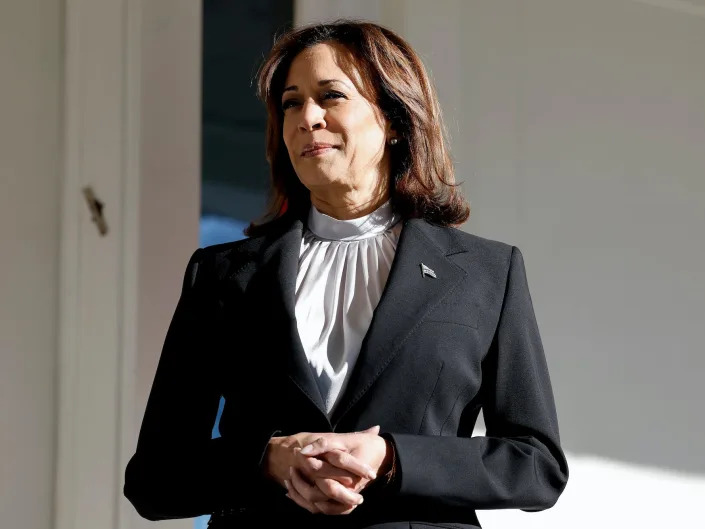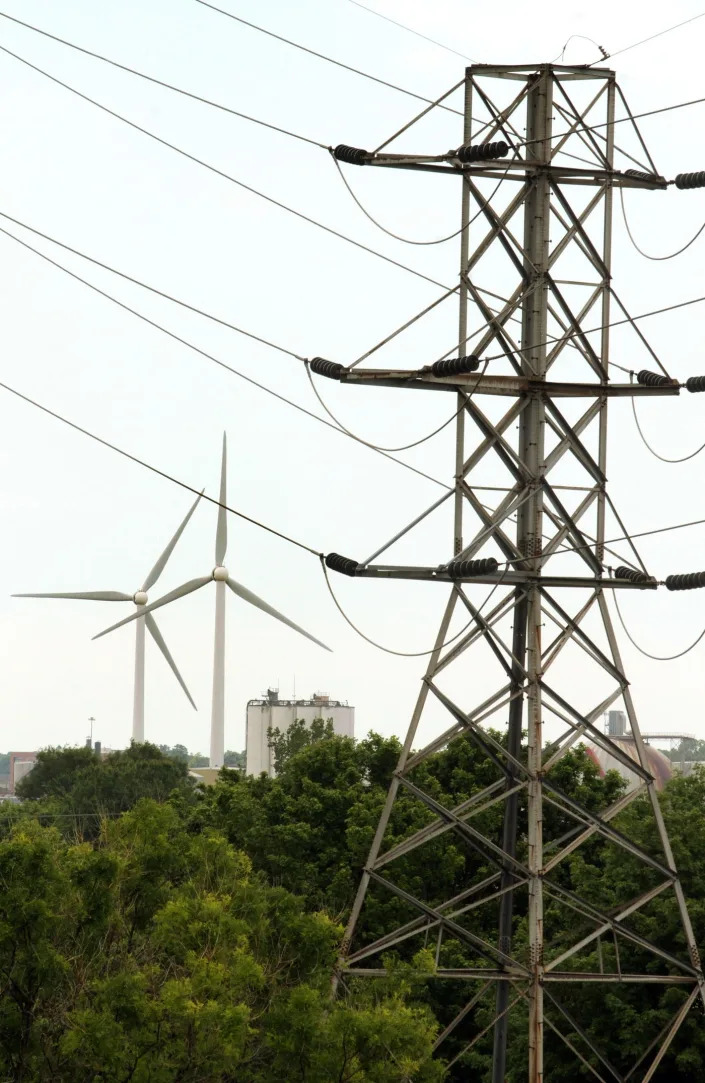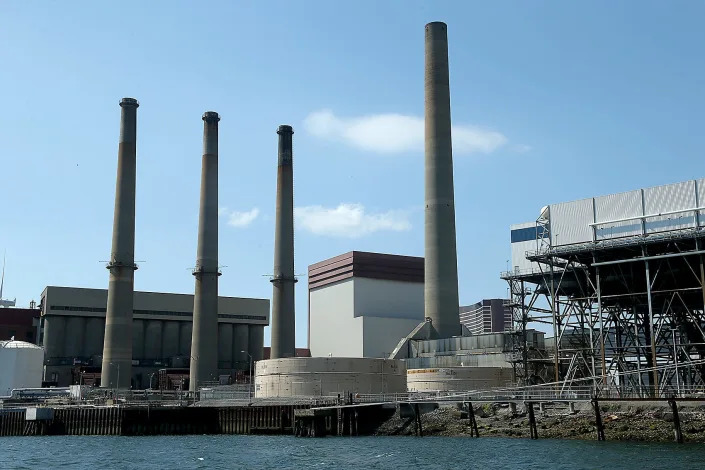Coast Guard stops boat with 400 Haitians off the Bahamas and likely headed to Florida
David Goodhue, Jacqueline Charles
Mon, January 23, 2023
The U.S. Coast Guard stopped a migrant boat carrying nearly 400 people from Haiti near an isolated island in the Bahamas, according to Bahamian officials.
The Coast Guard on Sunday intercepted the 396 people near Cay Sal Bank, a remote island about 30 miles off the northern coast of Cuba, according to a statement released by the Bahamian Department of Immigration.
Sources had told the Miami Herald days before that the overloaded boat was likely headed toward the Florida Keys. Several overloaded Haitian freighters packed with people leaving Haiti have shown up off the coast of the island chain since November 2021.
The Coast Guard released a video of the boat sailing as its crews approached on patrol boats and a C-144 Ocean Sentry plane flew low over the scene.
The people on board are being transported to Bahamian authorities aboard a Coast Guard cutter, the agency said in a statement.
Rear Admiral Brendan McPherson, commander of U.S. Coast Guard District Seven, said crews had been following the Haitian boat, but it was a migrant bobbing in the water off Cay Sal that helped lead to interdiction.
“A cutter was patrolling through the area and they came across somebody in the water, which in that area would be very, very unusual, “ he said. “They rescued that person; they brought him on board. It turned out that he was a Haitian citizen who had been aboard this vessel we had been tracking for some time. As it turned out, he either fell asleep or somehow ended up in the water; had not the ship been patrolling through the area, who knows what the outcome would had been.”
McPherson, also director of U.S. Homeland Security — Southeast, said he’s concerned that such voyages will lead to tragic circumstances without the Coast Guard there to rescue migrants. Homeland Security Task Force agencies, including his own, have stepped up surveillance to interdict migrant boats — Haitian and Cuban — at sea.
PHOTOS: How did they make it in those boats? An exclusive look at migrant vessels in the Keys
Sunday’s at-sea stop coincides with an exodus from Cuba that began about two years ago but has increased significantly since the Christmas holidays.
The Coast Guard has intercepted more than 2,000 people from Haiti and 5,180 Cubans migrating by boat since the beginning of October.
Cay Sal Bank is among a group of uninhabited islands at the southern end of the Bahamas that are a frequent stopover for migrants from Cuba and Haiti on their way to South Florida.
Had the boat that was stopped Sunday reached the Keys, it would have been the largest migrant landing in South Florida in decades — even bigger than the 356 people who arrived off Ocean Reef Club in north Key Largo in March 2022.

A U.S. Coast Guard C-144 Ocean Sentry circles above Cay Sal Bank in the Bahamas Saturday, Jan. 14, 2023.
Other areas in the hemisphere also are on the receiving end of the mass flight from Haiti.
The Turks and Caicos Islands Police Force released a statement Monday that it intercepted a 38-foot Haitian migrant boat two days prior with 130 people on board from Haiti.
Since the beginning of January, the police force wrote in the statement that it has intercepted 418 people from Haiti on the water.
Deputy Commissioner of Police Rodney Adams briefly commented on this latest interception.
“The entry of illegal migrants puts the TCI at risk. Our Marine Branch along with other law enforcement partners have been doing a stellar job protecting our borders,” Adams noted in a statement. “Despite this, we still need the continued assistance of the public. I wish to remind any member of the public who engages in harboring illegal migrants and participating in this activity to assist in their movement to desist. You are are putting the population at risk.”
Miami Herald immigration reporter Syra Ortiz-Blanes contributed to this report.













